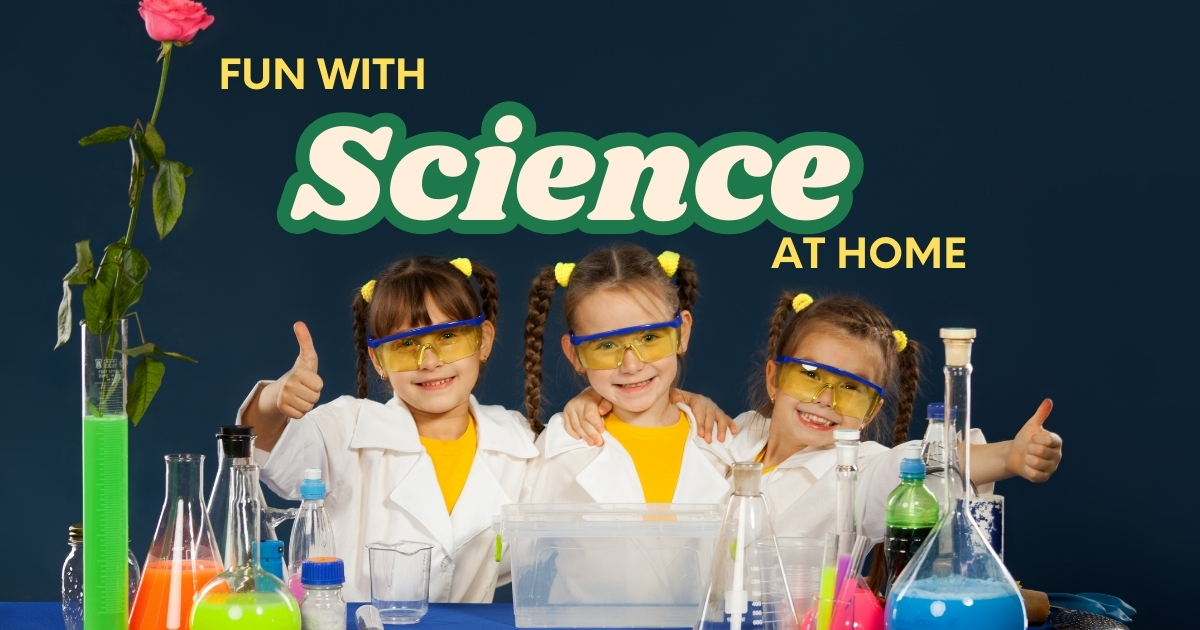In today’s digital age, homeschooling parents have unprecedented access to resources that can turn a simple kitchen experiment into a thrilling scientific adventure. Utilizing technology to enhance science lessons in homeschool settings is not just a trend; it’s a revolutionary approach to education. This blog post will explore how you can leverage tech tools to […]







